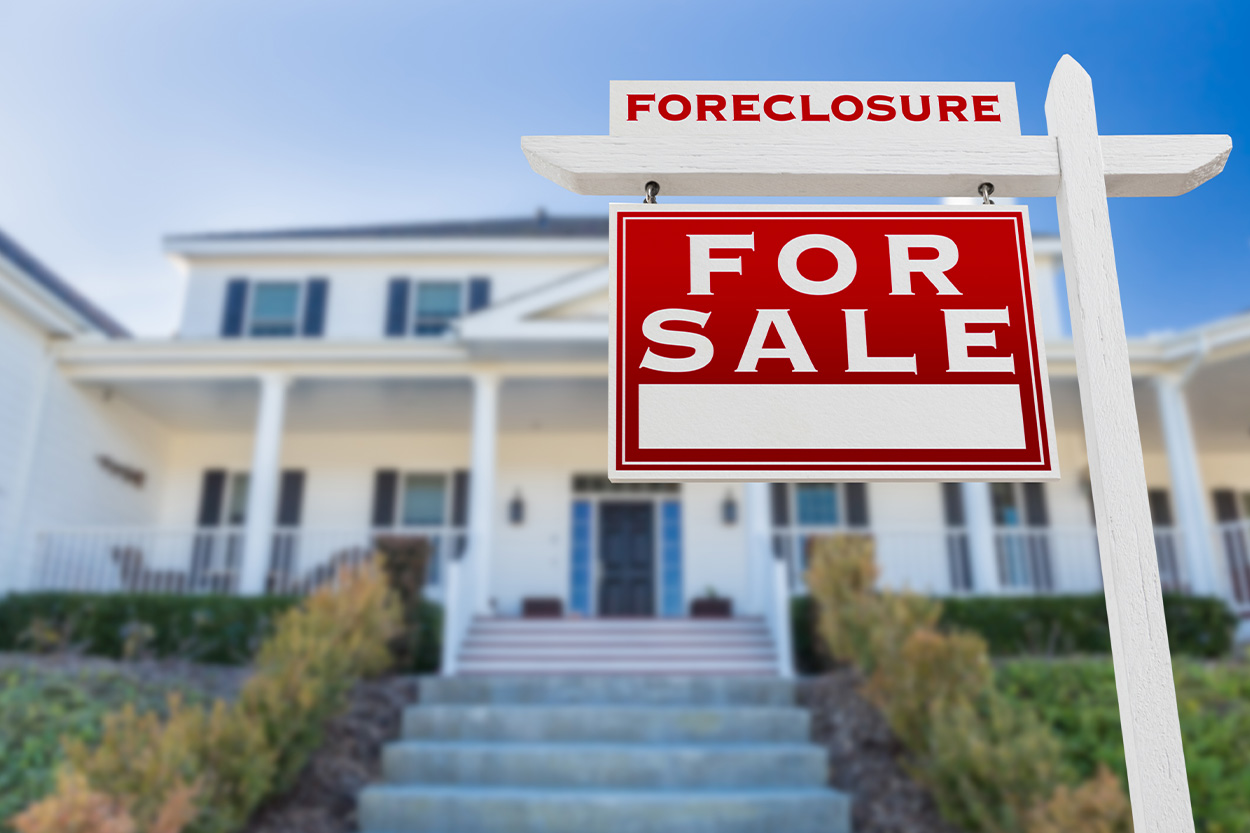What Is Owner Financing?

Key Takeaways:
- Owner financing is a transaction where the person selling a home finances the purchase for the buyer directly, rather than involving a third-party lender.
- Buyers may seek out an owner financing option because it’s easier to qualify for than traditional financing.
- Sellers may offer owner financing because it can help them sell their home faster, earn a better rate of return on their money, and enjoy tax benefits.
What Is Owner Financing?
Buying a home is an expensive endeavor. If you’re like most people, you’ll need to take out a loan to afford it. However, qualifying for a mortgage loan can be challenging, especially if you already have a lot of debt or a low credit score.
Fortunately, mortgages aren’t the only financing option out there. Another way you can finance the purchase of a home is with an owner financing arrangement.
Below, we’ll explain what is owner financing, how it works, and when it’s a good idea.
Owner Financing Explained

Owner financing (also known as seller financing) is when a seller finances the purchase of their home for a buyer directly. Thus, the buyer becomes indebted to the seller, rather than a third-party lender.
Since this type of transaction cuts out the middleman, it can help both parties save money on various closing costs and fees. However, forgoing the protective regulations of a third-party lender can also make owner financing a riskier arrangement.
So, why would a seller or buyer consider using owner financing?
- Sellers – Sellers often offer this option when they’re selling in a buyer’s market and want to speed up the sale of their home. Owner financing also offers sellers the lucrative investment opportunity to earn monthly interest on the sale of their home.
- Buyers – Buyers who can’t qualify for a traditional mortgage in the amount they need may be able to buy a home with owner financing instead. Most sellers who offer owner financing have much more flexible lending requirements than a bank would.
Owner Financing For a Portion of The Home
Owner financing can also be used to finance a portion of a home’s purchase price. For example, if a buyer can only qualify for a mortgage of $150,000 but the home they want costs $200,000, the seller can offer owner financing for the remaining $50,000.
With the help of this partial owner financing opportunity, a buyer can move into the home of their dreams even if they can’t qualify for the full mortgage at this time.
The downside of this owner financing arrangement is that the buyer will still have to pay closing costs, as well as two separate down payments and two monthly payments with different interest rates.
Owner Financing vs. Traditional Financing
Compared to traditional financing, owner financing usually comes with:
- Fewer eligibility requirements – Most third-party lenders have strict requirements for qualifying for a mortgage loan. In contrast, sellers who offer owner financing may be more lenient. For instance, they may or may not perform a credit check.
- A larger down payment – With an owner financing agreement, you must make a more substantial down payment than you would with traditional financing. This larger down payment offsets some of the risk that your seller takes on by lending to you directly.
- A higher interest rate – For similar reasons, sellers often charge higher interest rates with owner financing than banks do with traditional financing. Owner-financed loans can have interest rates as high as 10%.
- A longer term – Unlike traditional mortgages that come with a standard 30-year term, owner-financed loans usually have a repayment term of 5 to 10 years. Once this term is over, you may have to pay back the remaining amount with a balloon payment. If you can’t afford to make this balloon payment in cash, you can refinance your mortgage with a traditional lender.
How Does Owner Financing Work?

If you’re interested in buying a home with owner financing, here are the steps:
- Find a seller who is open to the idea – Finding a seller who offers owner financing can be challenging. You’ll have to do research online or enlist the help of a real estate agent.
- Negotiate the loan terms with the seller – Once you find a seller who offers owner financing, they’ll have to approve you for the sale. If they do, you can negotiate a down payment, interest rate, monthly payment amount, payment schedule, consequences of default, and any other relevant details for the loan term.
- Formally state the terms in a promissory note – To protect both you and the seller, the terms of the loan should be clearly stated in a promissory note. This promissory note can be secured by a deed of trust or mortgage, which should be submitted to public records. It’s a good idea to hire a qualified real estate lawyer to review these documents to make sure you’re adequately protected.
- Make the down payment – Once you make the down payment, you can officially move into your new home and start making monthly payments.
- Refinance the home or repay the balloon payment with cash – For most buyers, mortgage refinancing is the best option once the owner-financed term is over. However, if you can pay off your remaining debt with cash, you can do so at the end of this loan term.
How Does Owner Financing Impact Credit?
Many buyers who seek out owner financing do so because they have a low credit score that prevents them from qualifying for a mortgage. Unfortunately, timely payments on an owner-financed loan are usually not reported to the credit bureaus. Thus, they won’t help you improve your credit score.
If you need to improve your credit score, you’ll have to do so in other ways.
The Pros and Cons of Owner Financing
If you’re considering buying a home with owner financing terms, here are the pros and cons:
Pros
Owner financing offers the following benefits to buyers:
- Access to financing without the strict requirements of a third-party lender
- Faster possession of a home
- Fewer closing costs
- The ability to negotiate your own lending terms
As a seller, owner financing offers these advantages:
- The potential to charge a higher selling price
- The ability to sell your home as-is, without completing any repairs
- A faster, cheaper sales transaction
- A reliable monthly cash flow
- A better return on the money you lend out than you’d get with many other investments
- Tax benefits for deferring realized capital gains over many years
Cons
While owner financing has many unique advantages, it also comes with some downsides. As a buyer, an owner financing deal can be more expensive and complicated due to the:
- Difficulty of finding a willing seller
- Costlier down payment
- Higher interest rate
- Larger monthly payments
- Balloon payment
- Lack of credit building opportunities
As a seller, offering owner financing may attract less qualified buyers. After all, if a buyer can’t meet traditional lending requirements, there might be a reason.
Is Owner Financing Right For You?
Homebuyers who have poor credit or a lot of debt are considered riskier regardless of what type of financing they apply for. Thus, traditional lenders are less likely to finance their home purchase, making owner financing a more viable situation for buyers. Should you be a seller interested in offering an owner financed mortgage, be sure to only consider buyers you trust.
With these pros and cons of owner financing in mind, you can decide whether or not this type of real estate transaction is worth exploring.
Sources:
The Motley Fool. A Guide to Owner Financing.
https://www.fool.com/millionacres/real-estate-financing/articles/guide-owner-financing/
Forbes. Owner Financing: What It Is And How It Works.
https://www.forbes.com/advisor/mortgages/owner-financing/
The Balance. What Is a Promissory Note?






